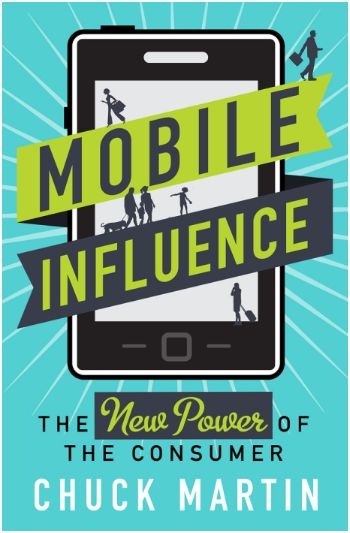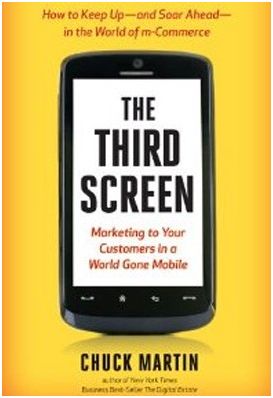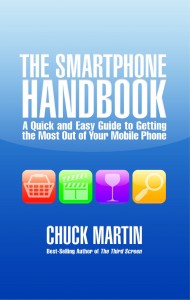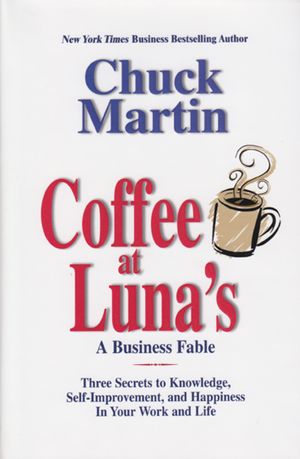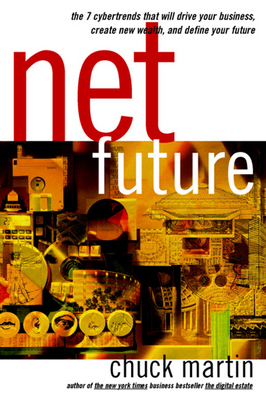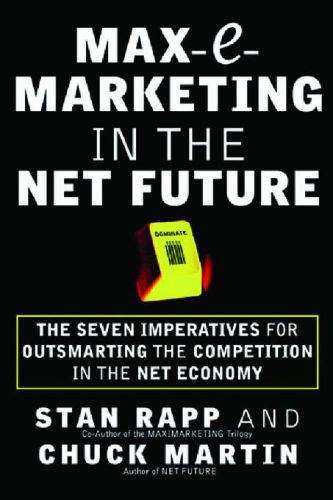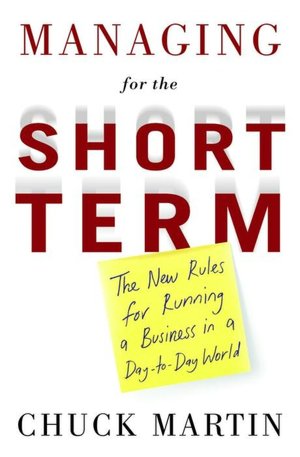Mobile is unique.
While it has various attributes that require marketers to determine the best ways to interact with the untethered consumer, there is one mobile aspect that is particularly significant.
The smartphone allows the linkage of supply and demand with time and location. It facilitates multifaceted communications capability by speaking, typing, tapping, reading or sending and receiving photos and videos.
It’s a standing up medium that can be used in transit and can include easy call-to-action features.
But perhaps the most significant unique aspect of mobile is that it is personal.
Rather than the lean back mode of the first screen, television, or the lean forward mode of the second screen, the PC, the third screen of mobile is a pull-it-forward device. It is up close and highly personal.
Each smartphone is different, personally customized by its owner. Personal contact lists, self-selected apps, personal screensavers and even the look of what is where on each screen.
The smartphone is not used for one thing; it is used for many things and each thing at the time is dependent on the particular user’s personal situation at any given moment.
Ultimately, your phone is you. Its operating system, whether Android, Apple, BlackBerry or Microsoft, becomes the universe that you create, modify and exist in. It is your personal digital assistant.
And being such a personal device from a marketer’s perspective, mobile requires different marketing approaches, the first step realizing that mobile is a pull rather than a push medium. Rather than attempting to broadcast messages to mobile users, marketers need to create and provide value to be invited in.
As the U.S. market heads to 50 percent smartphone penetration, there is no shortage of downloading of apps, with 18 billion downloads by the end of this year, estimated by telecomm analyst Ovum. And with these apps come more personal capabilities.
There are several approaches or ways to look at personal mobile and how organizations and businesses provide value inside such a personalized space.
Make Life Easier. This focus on increasing personal productivity translates into helping a mobile consumer produce or do more, in effect, to become more efficient, more productive or to do things better. The focus here is on making life easier. For example:
- People locators, such as Hoovers Connect, the iPhone app from D&B, allows a traveling salesperson to find sales leads based on current location with instant contact information, including name, title, email and phone number.
- Product estimators, such as Concrete Estimator (Android) and USG Material Estimator (iPhone) facilitate quick calculations for builders on location, reducing the need for paperwork and phone calls.
- Remote capability, such as from Direct TV and Comcast, that allow DVR programming from smartphones while on the road. And the Redbox app that determines the closest location of the Redbox with the desired movie in stock and allows remote reservation to guarantee pickup. Citi’s Thank You app allows instant identification of products in stock at any Best Buy with instant purchase and pickup through its buy-with-points program.
- Recipe apps such as Allrecipes’ Dinner Spinner, Shop’NCook and Kraft’s iFood Assistant allow shoppers to make better or easier choices while shopping based on provided ingredients in numerous recipes.
Make Life Cheaper. With more than half of U.S. consumers projected to be using mobile phones regularly for shopping within the next few years, based on a recent study by L.E.K. Consulting, it is no secret shoppers will be looking for and expecting bargains. These can be in various forms ranging from discounts to special offers. Some examples:
- Coupons. Several mobile studies have shown that mobile coupons are key shopping incentives. GroceryiQ from Coupons.com, Zip2Save, WeReward and Valpak provide mobile coupons based on location, another example of highly personal messaging.
- Check-in Points Programs. These can save a consumer money by accumulating points to be used later, such as CheckPoints or Shopkick. Rather than communication from customer to customer, these involve communication from company (or marketer) to customer.
- On-the-spot Savings Programs. These typically involve scanning traditional barcodes at retail and finding a lower price of the same product based on location. Examples of this capability are ShopSavvy and PriceCheck from Amazon. These are highly personal since each person using it is for an item they are interested in based on need or desire and location. Another example of savings based on location is GasBuddy, which identifies the lowest gas prices at the moment based on the person’s lcoaition.
Make Life Fun. The success of Angry Birds is no secret, though games are but one way a mobile user can be entertained. Since mobile is so highly personal, entertainment or amusement is in the eye of the individual. Some examples:
- Social Mobile. Whether checking in with Foursquare, updating Facebook, Tweeting, sending photos to friends or posting on LinkedIn, mobile users are doing what personally interests them at that moment. More than 350 million active users already access Facebook from their mobile devices.
- Games. Whether it’s Angry Birds, Solitaire Scrabble or Poker, millions of mobile users (28% of the entire mobile market, according to comScore) play games.
- General Fun. There are some capabilities that while not considered productive can be at least slightly amusing whether alone or with others. In this category are the Zippo Lighter that mimics a real lighter (each highly personalized, of course), Waterford Crystal’s Clink-Clink that allows ‘toasting’ of Champaign glasses on mobile screens or Songify that records voice and instantly plays it back in a customized musical format.
In each of the three areas of making life easier, cheaper or fun, the actions are highly personal.
Rather than simply looking for new ways to send advertising messages to the third screen, the challenge and opportunity for marketers is to create or facilitate personal interactions on mobile that are highly personal. And like mobile, they must be unique.
Chuck Martin is author of The Third Screen; Marketing to Your Customers in a World Gone Mobile, The Smartphone Handbook, CEO of Mobile Future Institute, Director of the Center for Media Research at MediaPost Communications and a highly sought-after mobile marketing speaker.



